Baking can be both an art and a science, with many elements needing precise measurements, temperatures, and techniques. Small missteps can lead to disappointing results, from sunken cakes to rock-hard cookies. Here’s a comprehensive guide to help you avoid 15 common baking mishaps and achieve beautifully consistent baked goods every time.
CRACKED CAKE TOPS
Common in: Pound cakes, sponge cakes, loaf cakes.
What Goes Wrong: Cakes that bake with cracked tops usually look uneven and can lose moisture from these cracks.
Why It Happens: Often, cracked cake tops are due to the oven temperature being too high or the batter being overmixed. A hot oven makes the exterior set while the center continues to expand, pushing up and cracking the top.
How to Avoid It:
- Always preheat the oven fully and use an oven thermometer to verify accuracy.
- Mix batter until ingredients are just combined, especially after adding flour, and consider using a lower middle rack for more even heat distribution.
- For loaf cakes, you can also lightly score the top before baking to control where it cracks.

DENSE AND HEAVY CAKE
Common in: Sponge cakes, pound cakes, muffins.
What Goes Wrong: Instead of a light, airy texture, the cake ends up thick, heavy, and often dry.
Why It Happens: Dense cakes can result from under-creaming butter and sugar, overmixing once flour is added, or using expired baking powder or baking soda. Insufficient air incorporation and poor leavening can cause this heaviness.
How to Avoid It:
- Cream butter and sugar for at least 3-5 minutes until fluffy.
- Use fresh leavening agents (replace baking powder every 3-6 months).
- After adding flour, gently fold to avoid overmixing and developing gluten, which can weigh down the cake.
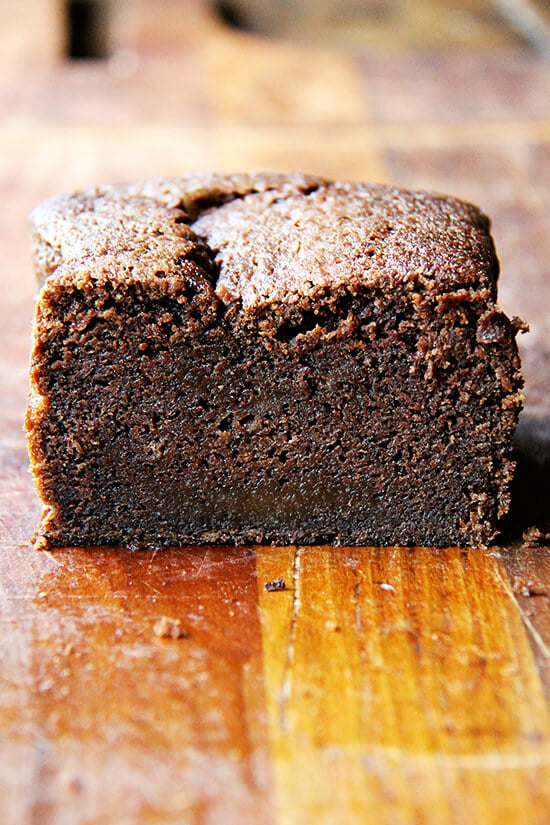
SOGGY PIE CRUST
Common in: Custard pies, fruit pies, cream pies.
What Goes Wrong: The bottom of the crust is damp, making it chewy rather than flaky and crisp.
Why It Happens: A soggy bottom crust often comes from too much moisture in the filling or not prebaking the crust, which lets liquid seep in.
How to Avoid It:
- For custard or cream pies, blind bake the crust by lining it with parchment paper and using pie weights before adding the filling.
- For fruit pies, sprinkle the crust with a thin layer of cornstarch or flour to help absorb extra moisture.
- You can also brush an egg wash over the crust before baking to create a moisture barrier.
COLLAPSED OR SINKING CAKE
Common in: Cheesecakes, Sponge Cakes, Layer Cakes.
What Goes Wrong: After rising nicely, the cake sinks in the center, resulting in an uneven surface.
Why It Happens: This happens if the cake is underbaked, overmixed, or if the oven door is opened too early, causing a sudden drop in temperature.

How to Avoid It:
- Mix ingredients only until combined and bake cakes for the full recommended time.
- Only check for doneness toward the end of baking to avoid temperature fluctuations.
TOUGH, CHEWY COOKIES
Common in: Sugar cookies, chocolate chip cookies, shortbread.
What Goes Wrong: Instead of a tender bite, the cookies are hard and tough.
Why It Happens: Tough cookies often result from overmixing the dough, using too much flour, or using a high-protein flour like bread flour.
How to Avoid It:
- Measure flour carefully using the spoon-and-level method.
- Use all-purpose flour, and mix only until ingredients are combined.
- For better results, chill the dough before baking to allow the gluten to relax.
FLAT, GREASY COOKIES
Common in: Chocolate chip cookies, oatmeal cookies.
What Goes Wrong: The cookies spread too much and become thin, almost greasy.
Why It Happens: Over-softened or melted butter, as well as warm dough, can cause excess spreading and a greasy texture.
How to Avoid It:
- Use softened, but still cool butter for the dough.
- If the dough becomes warm, chill it for at least 30 minutes before baking to help the cookies maintain their shape.

CAKES STICKING TO THE PAN
Common in: Bundt cakes, layer cakes, sheet cakes.
What Goes Wrong: Despite careful baking, the cake doesn’t come out easily and can break apart.
Why It Happens: This can happen when the pan isn’t properly greased, or when the cake hasn’t cooled enough.
How to Avoid It:
- Thoroughly grease and flour the pan, or line it with parchment paper. Allow cakes to cool for 10-15 minutes in the pan before removing them to prevent sticking
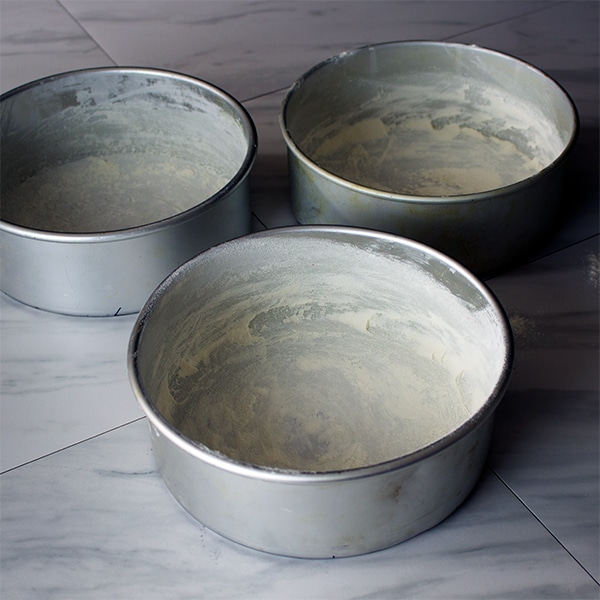
UNDERCOOKED CENTER
Common in: Cheesecakes, brownies, dense cakes.
What Goes Wrong: The outside of the cake or brownie is fully baked, but the center remains raw or gooey.
Why It Happens: Baking at too high a temperature causes the edges to cook faster than the center.
How to Avoid It:
- Reduce the baking temperature and bake for longer to ensure even cooking.
- For thicker baked goods, like large cakes, use a skewer or toothpick to check for doneness in the center.


GRAINY OR SPLIT BUTTERCREAM
What Goes Wrong: Instead of smooth and fluffy, buttercream has a grainy or split texture.
Why It Happens: Buttercream can curdle if ingredients are at different temperatures or if it’s whipped for too long.
How to Avoid It:
- Ensure all ingredients are at room temperature before mixing. If it splits, try gently warming a portion of the buttercream and remixing to help it come back together.

DRY AND CRUMBLY CAKE
What Goes Wrong: The cake lacks moisture, falling apart easily when sliced.
Why It Happens: Overbaking, too much flour, or too little fat or liquid can make cakes dry.
How to Avoid It:
- Use exact measurements for dry and wet ingredients.
- Check for doneness a few minutes before the recommended bake time to avoid overbaking.
- You can also add a simple syrup to the layers if they are still too dry.
BAKED GOODS WITH A BITTER TASTE
What Goes Wrong: The finished product has an unpleasant, bitter flavor.
Why It Happens: Too much baking powder or soda, or failing to mix it evenly, causes a bitter taste.
How to Avoid It:
- Measure leavening agents accurately and ensure they are thoroughly whisked with dry ingredients to prevent uneven distribution.

UNEVENLY BAKED LAYERS
What Goes Wrong: One side of the cake or pastry browns more than the other.
Why It Happens: Oven hot spots or unevenly placed pans can lead to uneven baking.

How to Avoid It:
- Place pans in the center of the oven with space between them, and rotate them halfway through baking if needed.

BURNT EDGES WITH A RAW CENTER
What Goes Wrong: The edges of the cake or cookies are overdone, while the middle is still undercooked.
Why It Happens: Baking at too high a temperature can cause edges to cook faster than the center.
How to Avoid It:
- Use a lower temperature and bake longer. Try covering the edges with foil halfway through if they begin to brown too quickly.

LUMPY BATTER
What Goes Wrong: Cake or pancake batter has lumps, affecting texture.
Why It Happens: Improper mixing of wet and dry ingredients or using cold ingredients can lead to lumps.
How to Avoid It:
- Mix until just combined to avoid overmixing. If lumps remain, gently whisk until they break up or sieve them out.
BURNT COOKIE BOTTOMS
What Goes Wrong: The cookie tops look fine, but the bottoms are burnt.
Why It Happens: Dark or thin baking sheets, high oven racks, and sugar-heavy dough can all cause over-browned cookie bottoms.
How to Avoid It:
- Use a light-colored, thick baking sheet and bake cookies on the center rack.
- Place parchment paper or silicone mats on baking sheets to prevent excessive browning.
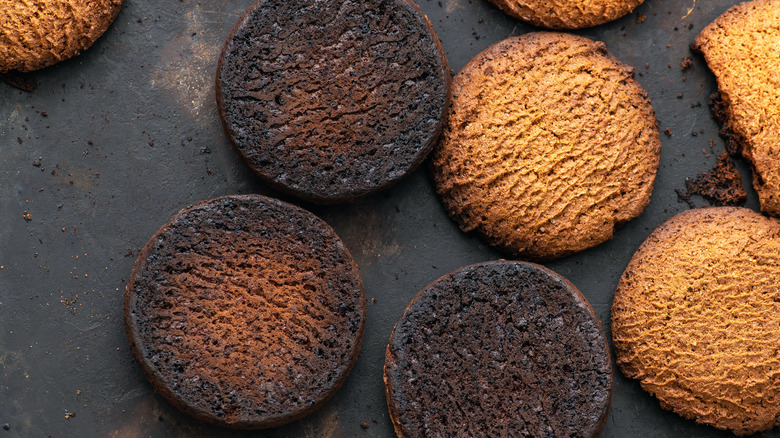

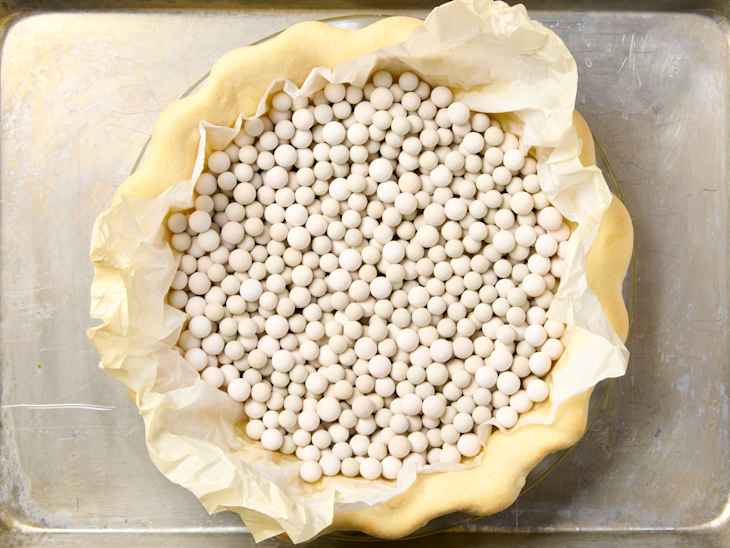
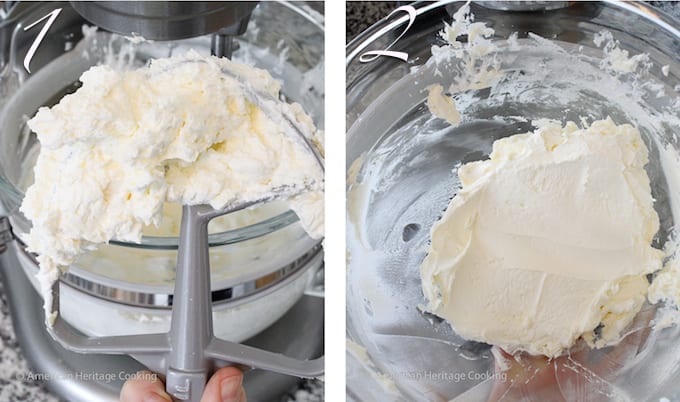

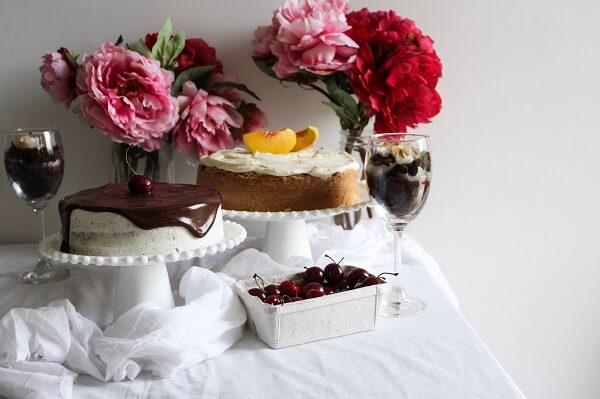 Hello. I'm Shivesh Bhatia, a food blogger and food stylist from Delhi, India. Welcome to Bake With Shivesh, where I'll help you create magic in your kitchens with my simple recipes.
Hello. I'm Shivesh Bhatia, a food blogger and food stylist from Delhi, India. Welcome to Bake With Shivesh, where I'll help you create magic in your kitchens with my simple recipes.
Leave a Reply